INDIA’S prime minister Narendra Modi and prominent musicians from India and the UK have paid tribute to Zakir Hussain, hailing the percussionist as the “king” of tabla, a one-of-akind musician, and one of the world’s most beloved artists.
Hussain, 73, passed away in a San Francisco hospital early on Monday (16), reportedly due to lung disease.
Modi said he was “deeply saddened” by Hussain’s death.
“He will be remembered as a true genius who revolutionised the world of Indian classical music.“He also brought the tabla to the global stage, captivating millions with his unparalleled rhythm. Through this, he seamlessly blended Indian classical traditions with global music, becoming an icon of cultural unity.
“His iconic performances and soulful compositions will contribute to inspire generations of musicians and music lovers alike. My heartfelt condolences to his family, friends and the music community,” the prime minister wrote on X.
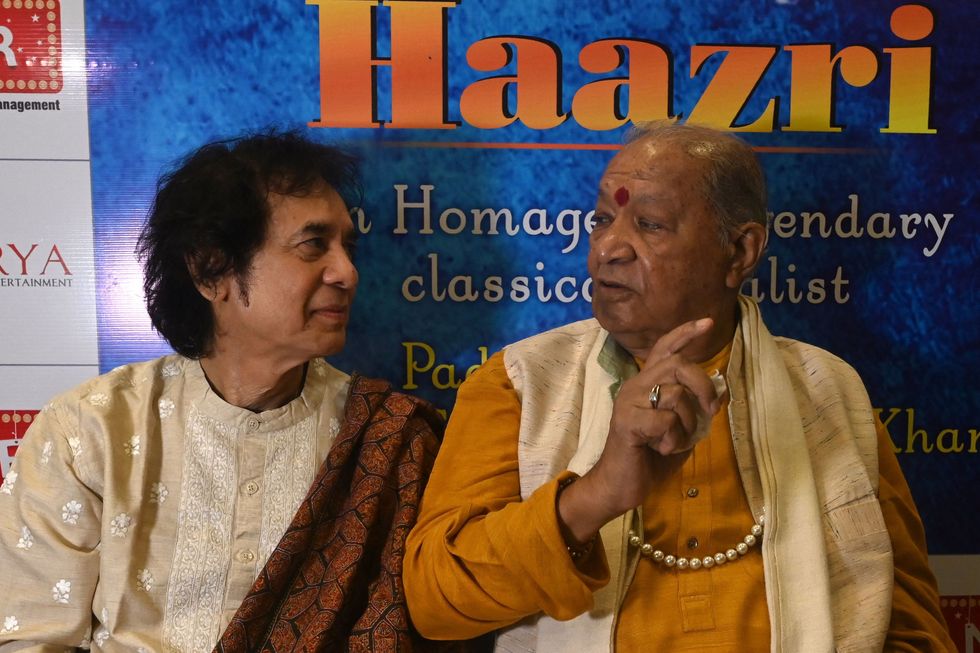
In a career spanning decades, Hussain collaborated with musical legends such as George Harrison of The Beatles, Mickey Hart of The Grateful Dead, and jazz musician John Handy.He was also a founding member of the fusion band Shakti, which he formed in 1970 with British guitarist John McLaughlin. The group won the Grammy for Best Global Music Album earlier this year for This Moment.
Born in Mumbai (then known as Bombay) in 1951 to tabla maestro Alla Rakha, Hussain began his professional career at the age of 12, accompanying Indian classical musicians.
Moving to the US in 1970, he became a global ambassador for Indian music, elevating the tabla from an accompaniment instrument to a solo art form.
Hussain often described his relationship with the tabla as deeply personal. In an interview last year, he called it a “mate, a brother, a friend,” adding, “I cannot imagine existing without it. It motivates me to get up in the morning and say, ‘hello.’”“What do I bring to the tabla? I think it is openness and clarity ... your musical statement must be created with as much clarity as possible,” Hussain was quoted as saying in a 2018 biography.As Allah Rakha’s son, Hussain said “all inclusive musical creativity” came naturally to him.
“From the age of seven or eight, I would go with him to all his recording sessions with Asha ji or Lata ji, or Rafi and be part of the orchestra,” he said, referring to the legendary Indian playback singers.
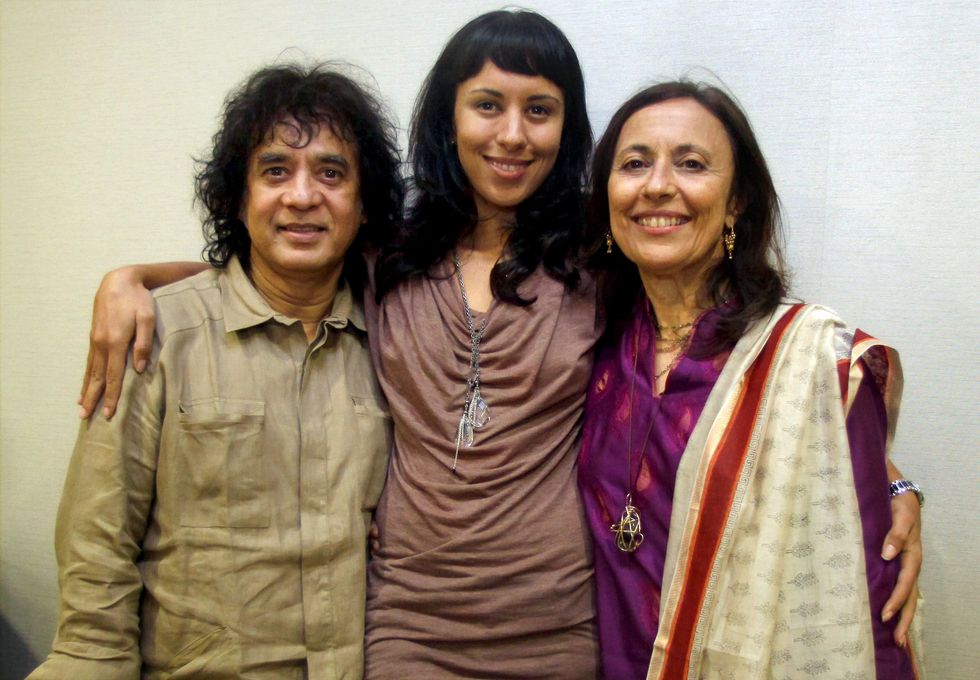
“He would give me a khanjari or a tambourine or a little something to play. So I grew up in this situation where being in a combination of musical creativity, which was an all inclusive process as opposed to a singular one, seemed like a natural way to go,” Hussain recalled.“So the mindset as I was growing up tuned itself to the idea that music is music, it’s not Indian music or that music, so when I actually started working with musicians who were non-Indian it seemed like a natural handshake,” he added.
Tabla had long been viewed as an accompaniment in Indian classical music.
Hussain thanked his father and his contemporaries, especially Pandit Kishan Maharaj and Samta Prasad, for bringing notice to the humble instrument.
He said it was their collaboration with Pandit Ravi Shankar, Ustad Vilayat Khan, Ustad Ali Akbar Khan, Ustad Bismillah Khan and Pandit Birju Maharaj that led to audiences appreciating that “this other guy is not so bad and is cool and things started to happen”.“That laid the foundation for the next generation of tabla players, including me, to take things forward,” Hussain added.
He worked with several Indian and international musicians, defying genres and creating masterpieces such as “Planet Drum”, a world music album with American percussionist Mickey Hart that was awarded the first-ever Grammy for Best World Music Album in 1992.Hussain also starred in films such as Merchant Ivory production Heat and Dust, The Perfect Murder and Saaz, opposite Shabana Azmi.
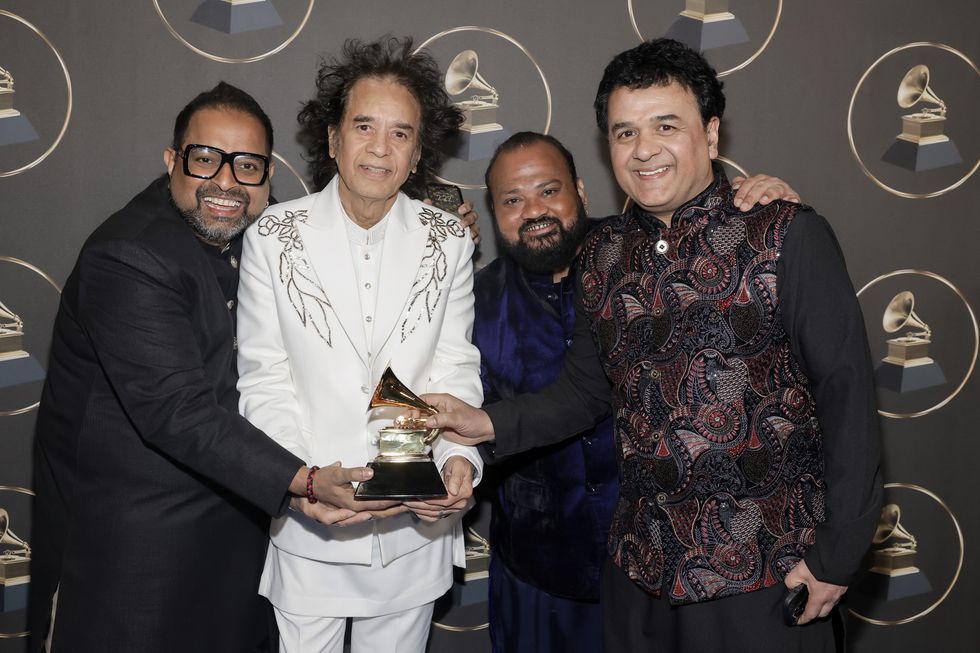
Hussain’s Shakti bandmate McLaughlin posted a picture of himself performing with the tabla maestro on Instagram, writing, “The King, in whose hands Rhythm became Magic, has left us... RIP my dearest Zakir. We will meet again.”
In a post on Instagram, sitar player and Ravi Shankar’s daughter Anoushka Shankar said she was “just broken-hearted” and added, “He was like an uncle, he was an idol; I had the privilege of loving him up close and worshipping his musicianship at a distance.
“He was so supportive I can’t explain. At my first show at thirteen, I wanted to back out from fear of performing alongside him in front of thousands, and it was him, his advice, his reminiscing about being in the same position at a similar age, his tight focus on me as we played, that got me through it. He was utterly unique in the world of music.”
Renowned Indian flautist Hariprasad Chaurasia, who collaborated with Hussain for a number of musical projects, including 1999’s live album “Remembering Shakti”, said, “He only lived for his tabla, rhythm and melody.”
Composer and Shakti member Shankar Mahadevan said Hussain’s death was a “big loss”. “I cannot express it in words, but there never will be a musician of this calibre and the tabla is never going to sound like this,” Mahadevan added.
In an X post, American banjo player Bela Fleck said: “Very sad to lose one of the great ones…Zakir…we love you.”
Fleck, who worked with Hussain on this year’s Grammy-winning albums Pashto and As We Speak, also shared a series of pictures with him on social media.
Sarod virtuoso Ustad Amjad Ali Khan said he was speechless and heartbroken.
“Ustad Zakir Hussain was a phenomenon. He was indeed one of the most loved musicians the world saw,” he wrote on X.
Hussain was “an inspiration and a towering personality” who elevated tabla to global acclaim, said music maestro AR Rahman.
“His loss is immeasurable for all of us. I regret not being able to collaborate with him as much as we did decades ago, though we had planned an album together. You shall be missed. May his family and his countless students find the strength to bear this immense loss,” Rahman wrote on X.
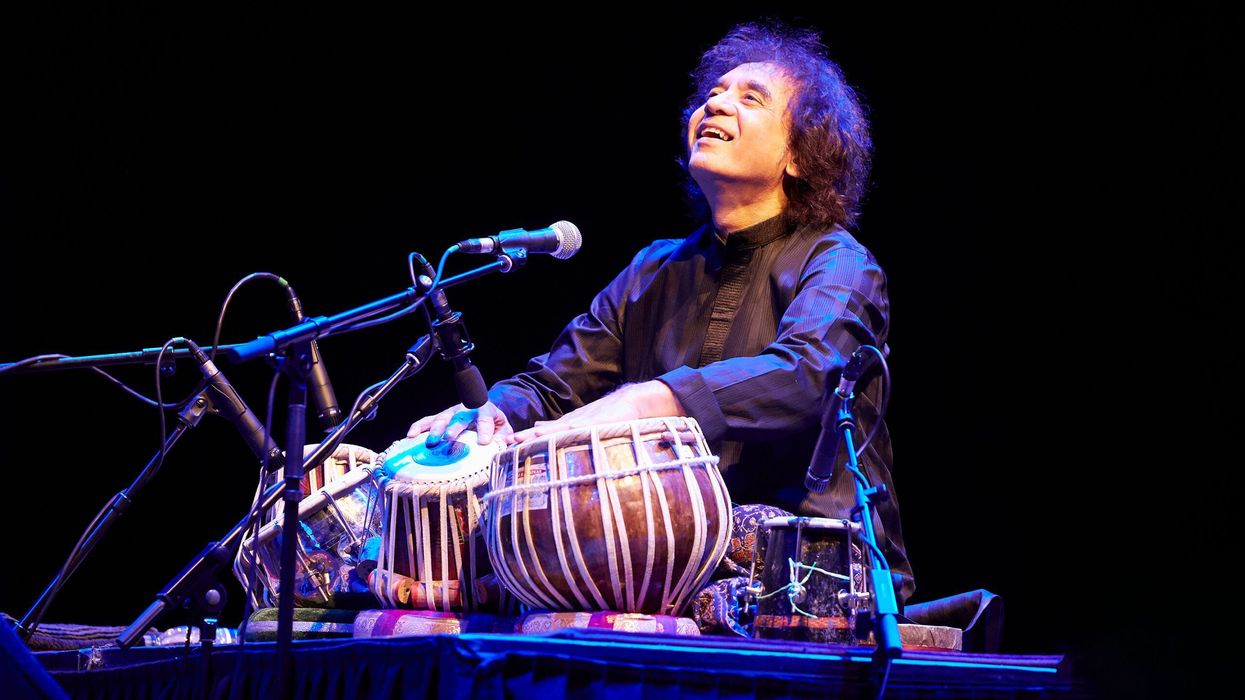
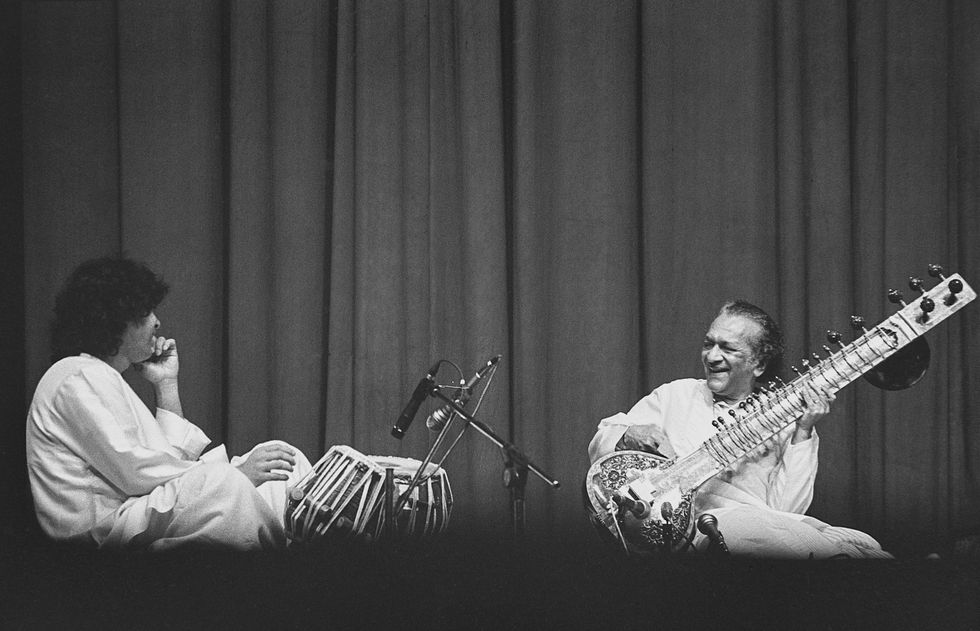
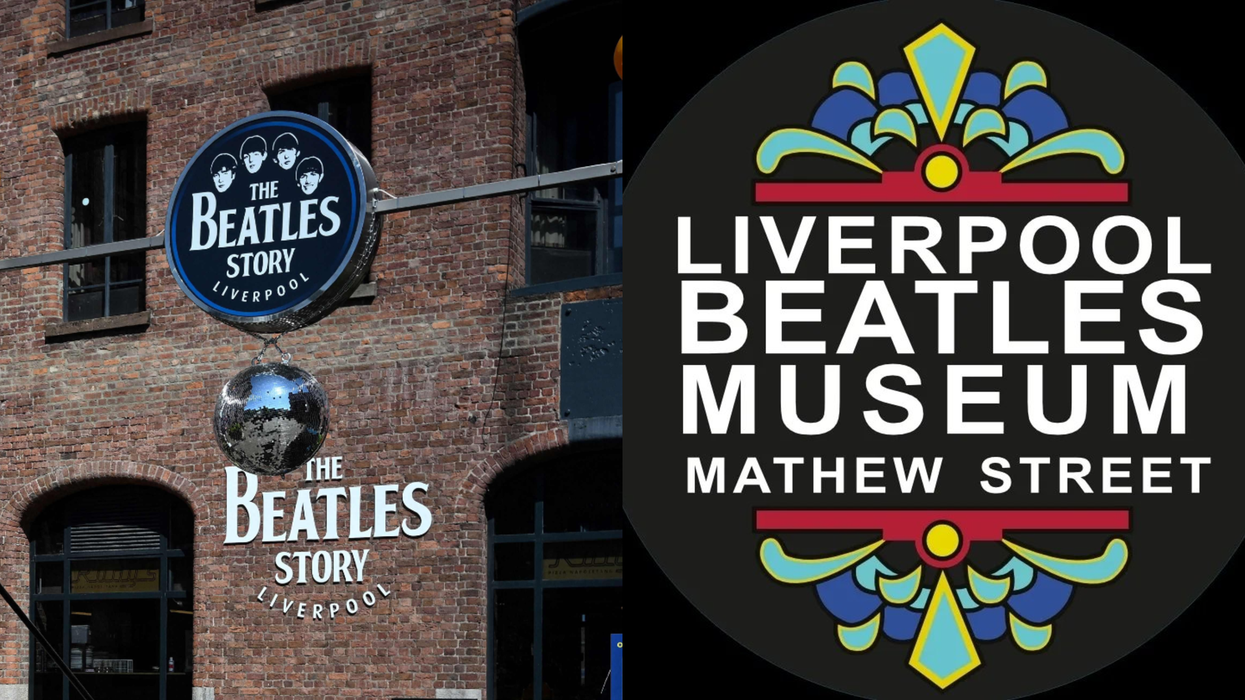
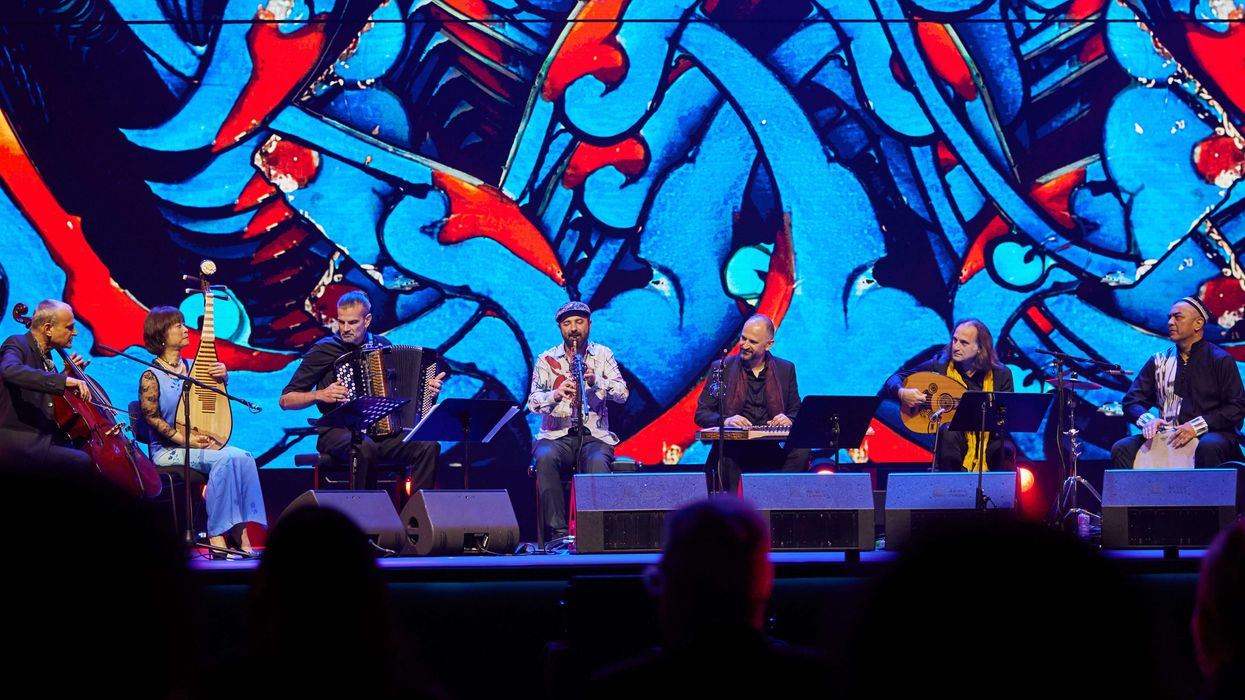
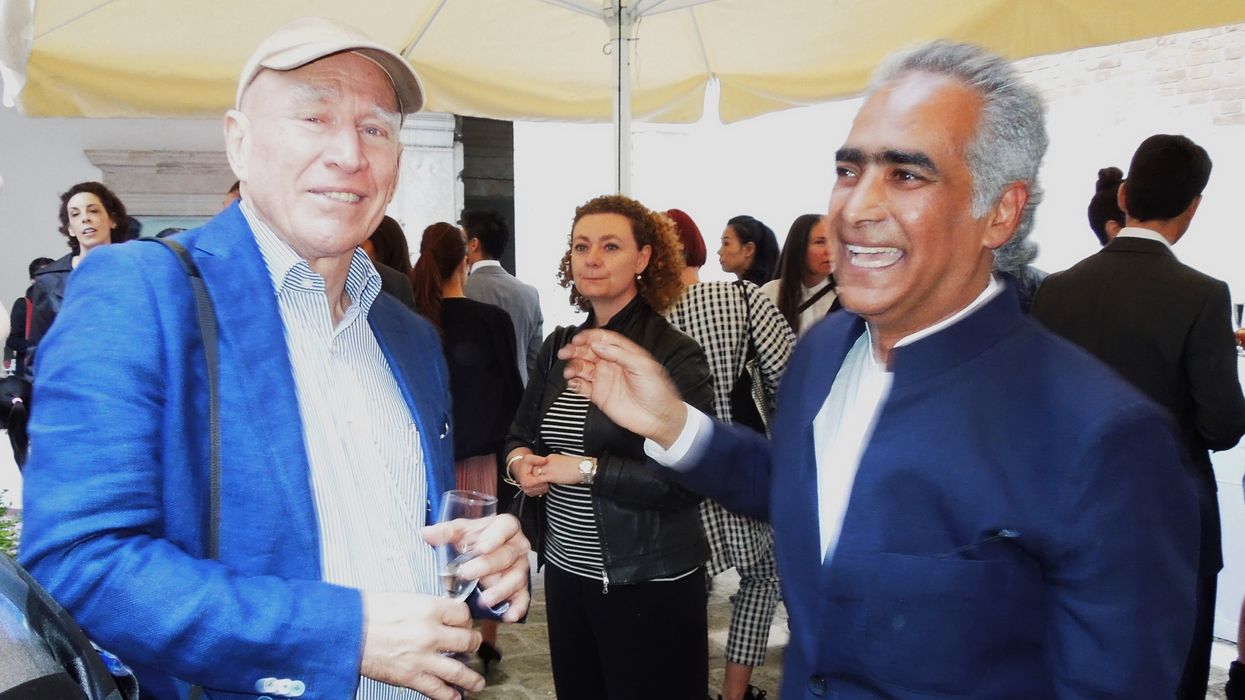
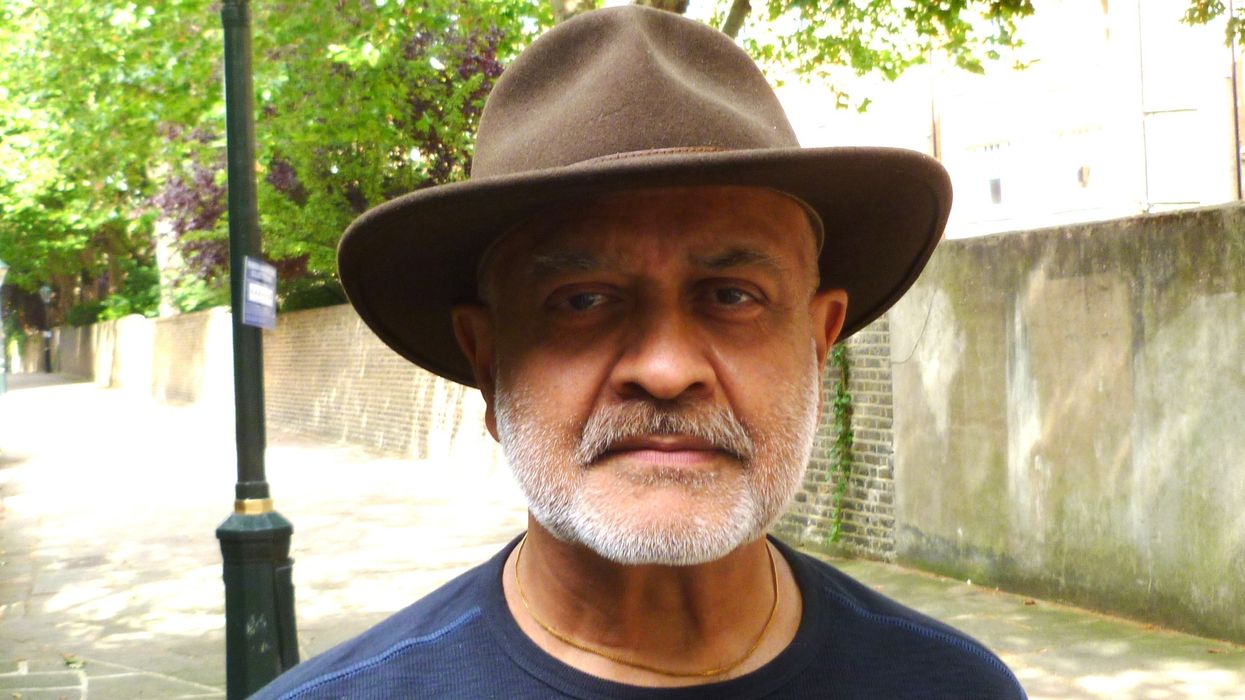
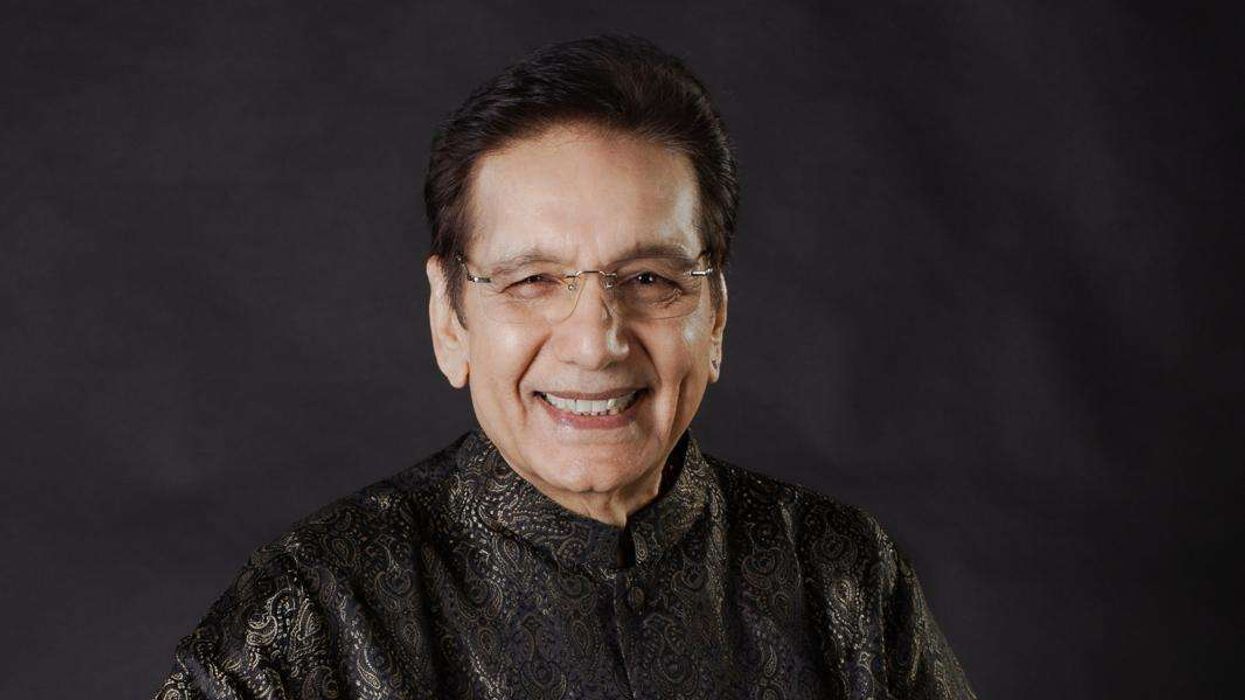
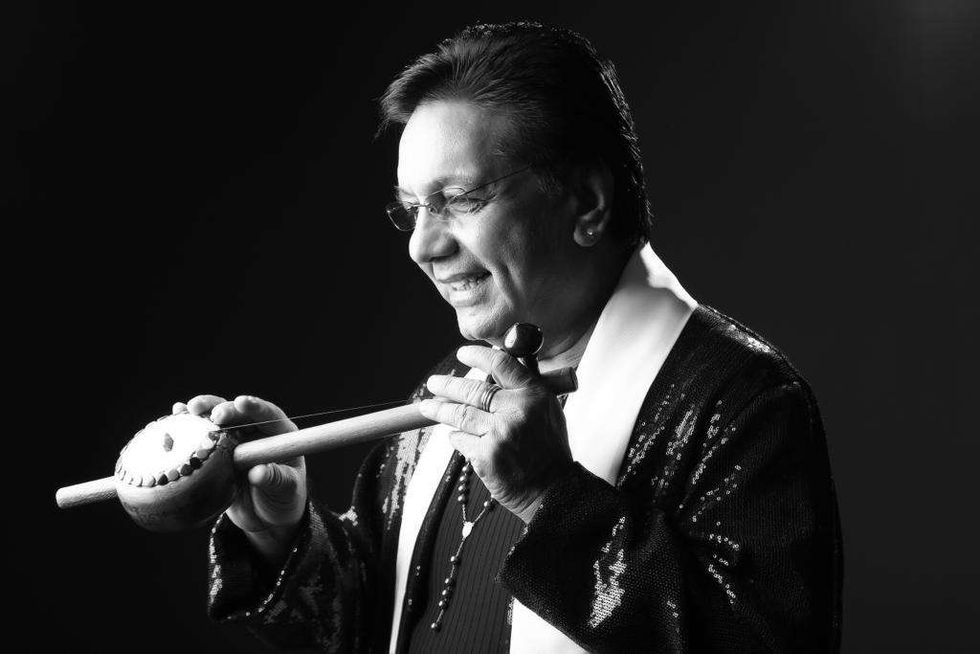 Channi Singh OBE — founder and frontman of the pioneering bhangra band AlaapChanni Singh
Channi Singh OBE — founder and frontman of the pioneering bhangra band AlaapChanni Singh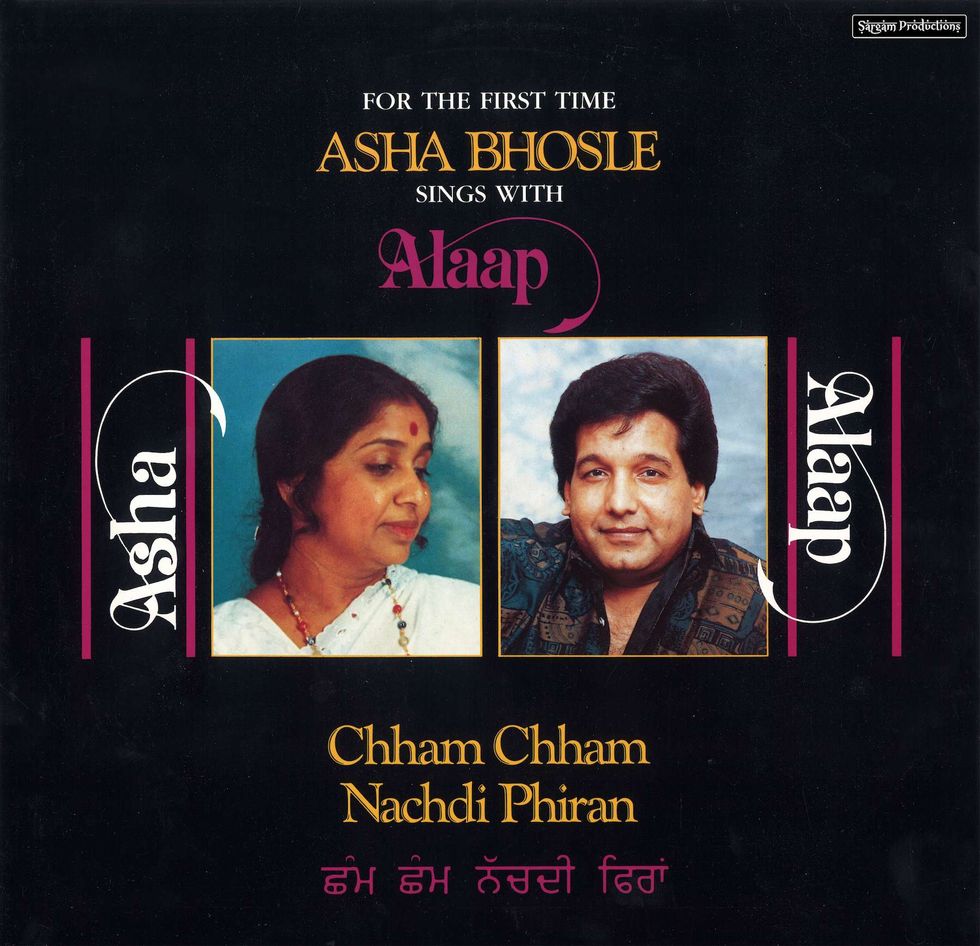 Chham Chham Nachdi Phiran (with Asha Bhosle)Channi Singh
Chham Chham Nachdi Phiran (with Asha Bhosle)Channi Singh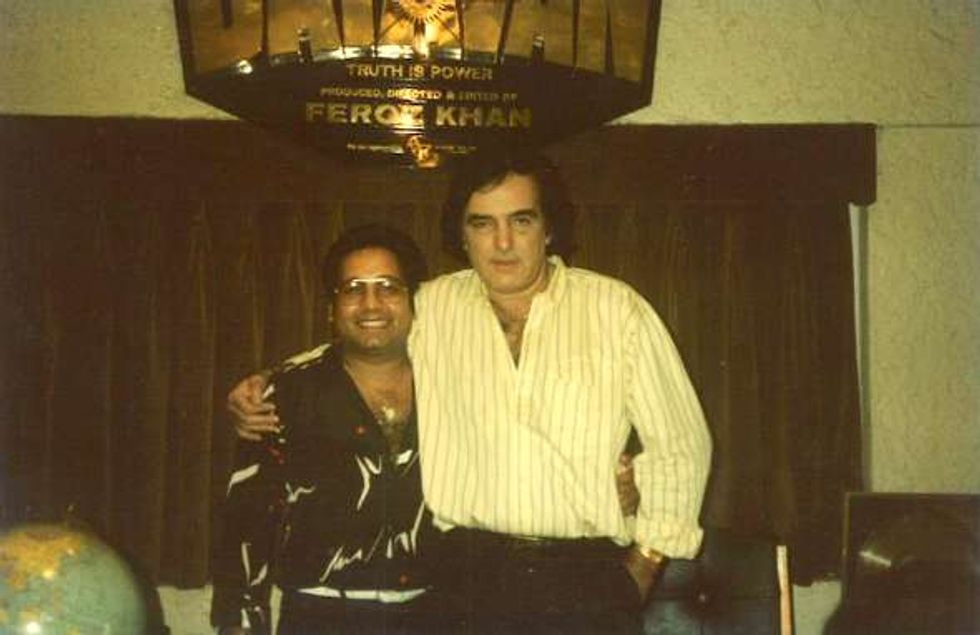 Channi Singh with Feroz KhanChanni Singh
Channi Singh with Feroz KhanChanni Singh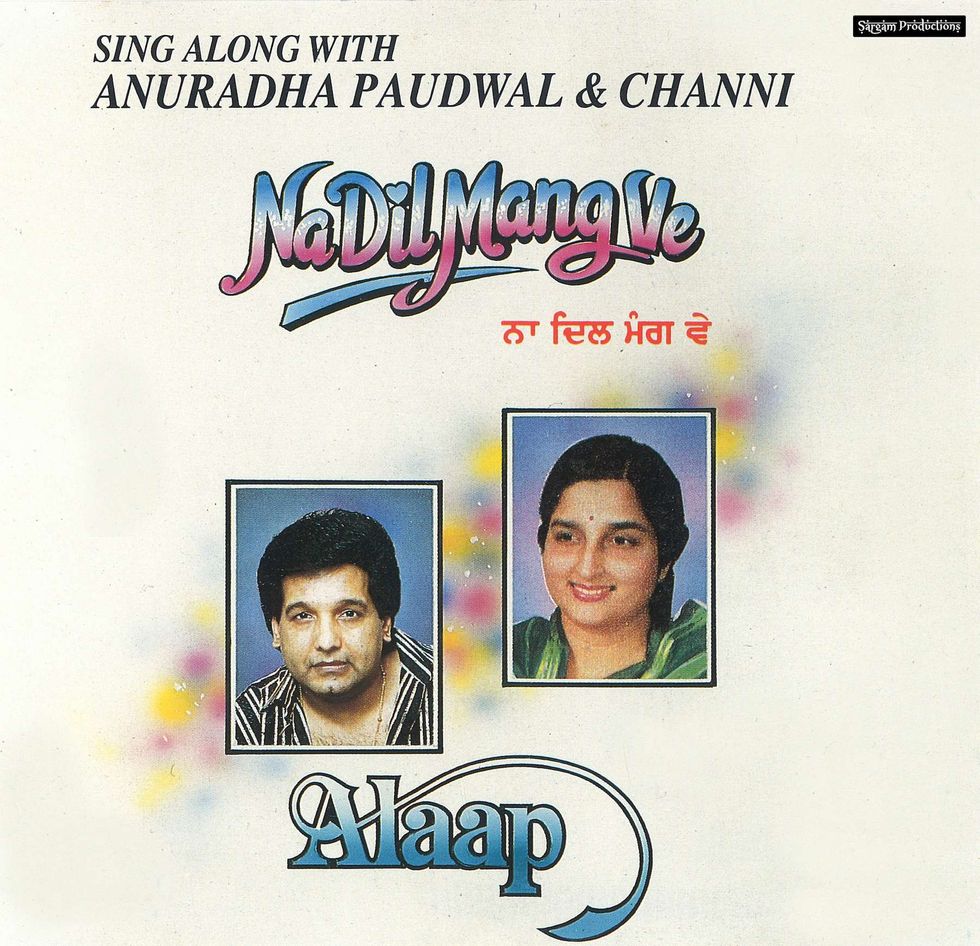 Na Dil Mang Ve (with Anuradha Paudwal)Channi Singh
Na Dil Mang Ve (with Anuradha Paudwal)Channi Singh






